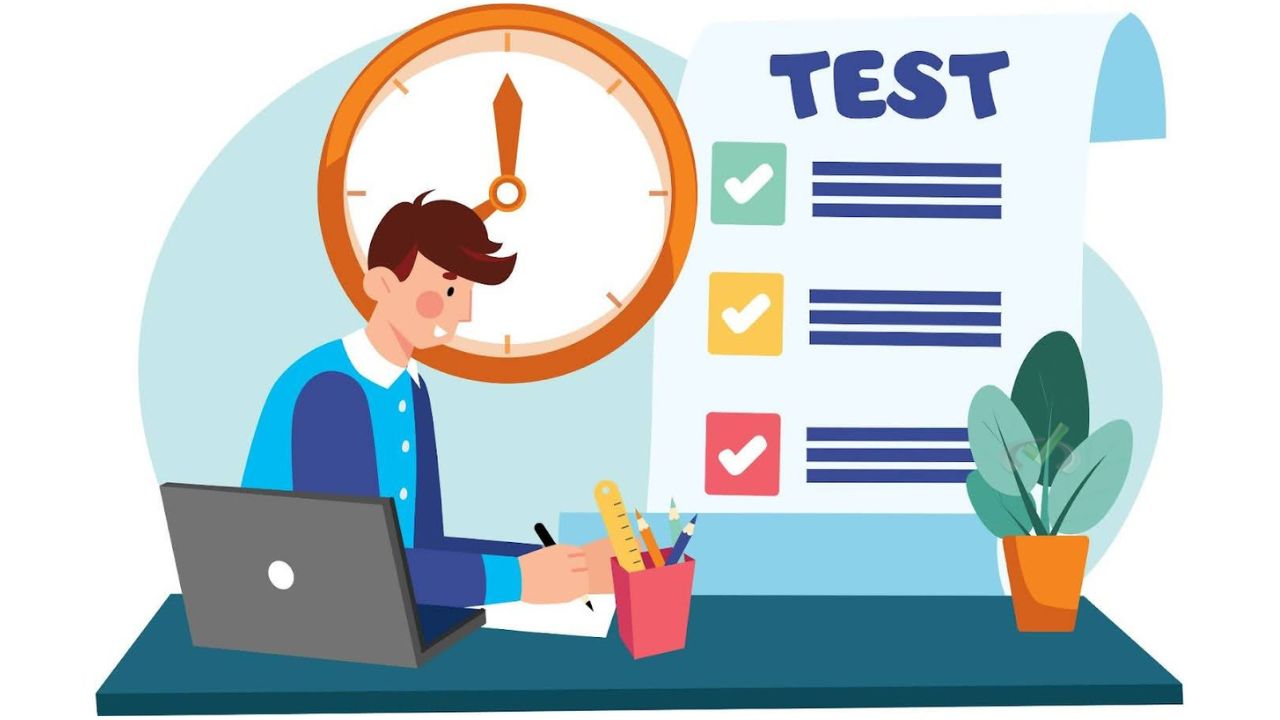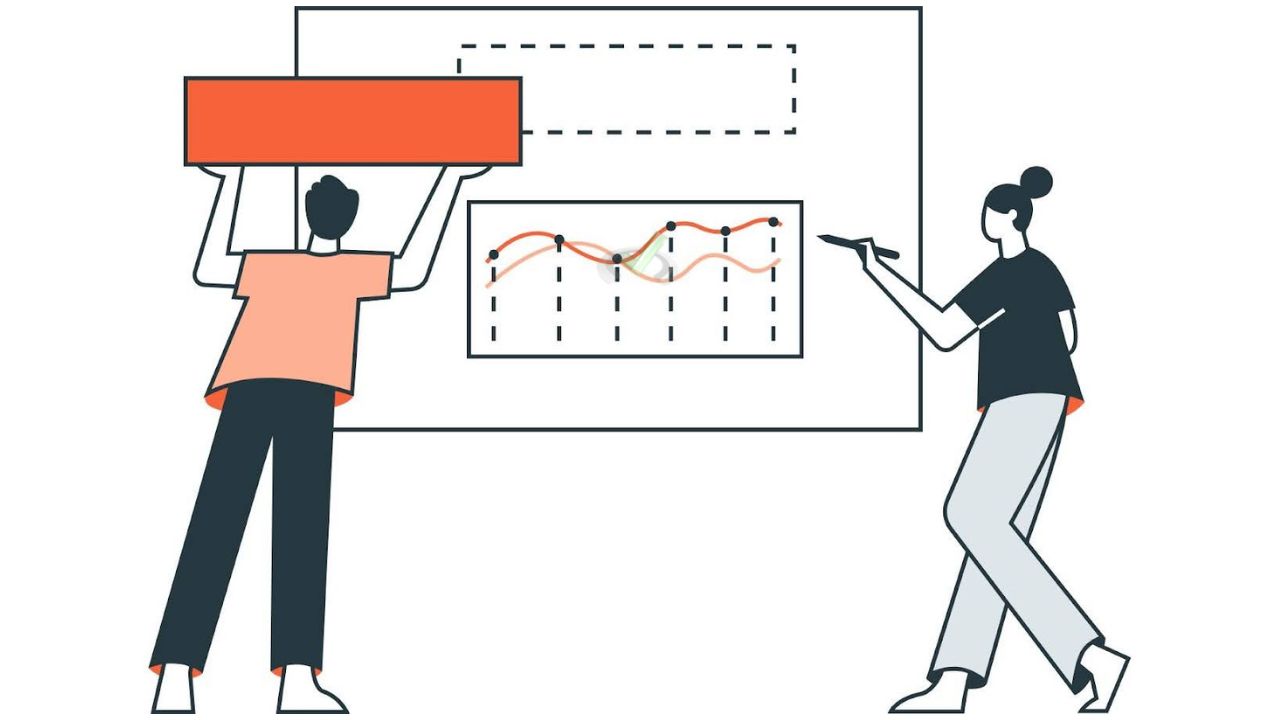
What is NGN NCLEX? It’s the updated version of the NCLEX exam that puts your clinical judgment under the spotlight. If the old NCLEX asked you to name the med, NGN asks if you can give it at the right time, to the right patient, in a real-world moment that feels messy, urgent, and full of choices.
This change didn’t come out of nowhere. The National Council of State Boards of Nursing (NCSBN) uncovered a hard truth: most errors in nursing don’t happen because nurses forget information—they happen because they miss signs, freeze in moments, or act late.
That’s what the NGN wants to fix. It wants to know: can you handle real patient care decisions, not just trivia? Let’s unpack what makes this test different and how to study smarter—not harder.
What Is NGN NCLEX Testing That the Old One Didn’t?
The regular NCLEX leaned heavily on knowledge. The NGN? It cares how you apply it. That shift changes everything.
You don’t just identify a symptom. You judge what it means. You decide what to do next. You move fast—but smart. And the exam follows how your brain gets from Point A to Point B.
The CJMM: The Brain Behind the Test
The Clinical Judgment Measurement Model (CJMM) drives the NGN. You’ll see this model pop up in every NGN question set, even if it’s not labeled.
It has six steps:
Let’s say a patient has abdominal pain and their vitals look off. Old NCLEX? You might get a direct question about what lab to check. NGN? You review a chart, pick key findings, decide what could be going wrong, and choose how to treat it.
You make layered decisions, just like in real practice.

New Question Types You’ve Never Seen Before
You’ll still get regular multiple choice—but NGN adds fresh formats that feel like clinical practice, not quiz night.
Each type has a job. It checks a piece of your decision-making process. Let’s walk through them.
Case Studies
This is the heart of the NGN. You get a real patient story and six linked questions.
Each question pushes you through one of the six CJMM steps. You’re not picking facts. You’re building your clinical thought process from start to finish.
It’s immersive. You think like you’re already working the floor.
Matrix Grid
This item gives you a table. You match items across rows and columns—like signs with conditions or actions with outcomes.
It’s all about pattern recognition. Can you match fast and smart under pressure?Extended Multiple Response
This expands the old “Select All That Apply.”
You don’t need a perfect pick to get points. Good judgment gets rewarded—even if you miss one.
Drop-Down Cloze
You fill in blanks in a sentence. Options pop up as drop-down menus.
This type checks if you can make decisions in context, not just in isolation.
Highlight
You scroll through patient data—maybe a chart, a progress note, or a report.
Your task: highlight the parts that matter.
It sounds simple. But it asks: can you see the red flags before they scream?
These formats push your brain to act like a nurse’s—not a textbook reader’s.
The NGN NCLEX Uses Partial Scoring—Here’s Why That’s a Big Deal
This change deserves a spotlight. Old NCLEX? You pick five out of six correct answers—zero credit. NGN? You get points for what you did right.
That matters. Especially when you’re juggling cases, symptoms, and interventions.
Where partial scoring shows up:
This setup mirrors real nursing. Sometimes you act fast and get 90% right. That still helps the patient. NGN gets that—and scores you better for it.
What Is NGN NCLEX Measuring That Regular NCLEX Didn’t?
What is NGN NCLEX really measuring? It’s watching how your thinking flows under pressure. Not whether you memorized lab values, but whether you react like a real nurse.
Here’s what it tracks:
It’s higher-stakes thinking. Not harder content—smarter judgment.
Real-Life Data Backs the Shift to NGN
The NCSBN didn’t guess. They ran studies. For years.
They followed new nurses. They tracked mistakes. They studied what made a difference in patient outcomes.
And they saw one pattern repeat: errors happened because of poor clinical judgment—not weak knowledge.
This led to the Clinical Judgment Model. That research turned into the NGN exam you’ll face.
It’s all built to close that gap—to make sure you don’t freeze or miss cues the moment you hit the floor.

What Is NGN NCLEX Best Prep Strategy?
You don’t need 12 hours a day. You need intentional prep that builds your decision-making skills.
Here’s a study pattern that works:
Also, learn to simulate the exam:
This trains your brain to keep focus across time. The NGN wants to see how you think when you’re tired, distracted, and running out of time. Same as real nursing.
What Is NGN NCLEX for International Nurses?
You take the same NGN test no matter where you’re from. U.S., Canada, overseas—it doesn’t change based on your location.
But a few prep tips help:
Your background doesn’t hold you back. But your test prep needs to match what the NGN expects.
To study the structure for U.S. licensure exams, check out the NCLEX-RN and NCLEX-PN outlines.NGN Scoring: What You Need to Pass
The exam still uses Computerized Adaptive Testing (CAT). You know the drill:
Here’s the layout:
That includes NGN items and traditional questions. Expect 10–15 NGN item types, minimum.
You don’t need a percentage score. The system passes you when it sees enough strong, consistent judgment.What Happens If You Don’t Pass the NGN?
It’s okay. Seriously.
If you don’t pass:
Many students pass on the second attempt—once they focus on how they think, not just what they know.
Plan your reset. Get support. Keep going.
What Is NGN NCLEX Telling Us About Modern Nursing?
Here’s the deeper message behind NGN: nursing is decision-making.
You walk into a patient room. Their eyes look off. Their breathing slows. You check the chart. It’s full of data. Your head spins.
Now what?
That’s what NGN tests.
It says: You know the facts—but do you act like a nurse?
It says: You studied hard—but can you think fast?
It says: Your decisions matter. Let’s see how you make them.
Build Your Clinical Thinking Muscles Every Day
Learning facts helps, sure—but NGN needs more than memory. It wants your mind ready to sort chaos into clear next steps. This means building your thinking process like a skill. Daily.
Small Steps Beat Big Cram Sessions
Instead of studying 5 hours once a week, do 30–45 minutes every day. Pick one CJMM step per day and go deep.
For example:
This approach builds strong clinical reflexes, not just recall.
Try using practice tools that simulate NGN item types. Archer, UWorld, and Kaplan have them. Choose 3–5 questions daily. Focus on why you chose your answers—not just whether they were right.
When you repeat that cycle for 3–4 weeks, your mind starts working faster, sharper, and more like what NGN wants to see.
Subscribe to Our NCLEX Daily Dose Emails
Studying for the NGN and feeling stuck some days? Subscribe to our NCLEX Daily Dose emails—we send one practical tip, one daily question, and a strategy you can apply right away. It’s built for first-time takers and repeat testers. If you're deep into preparing for the NGN, you need this in your inbox.
Take the Guesswork Out: Use a Map for NGN Prep
Let’s face it. The NGN format can feel like a jungle. So don’t wing it. You need a study map that leads you through the chaos.
Match Your Study Topics With the CJMM Steps
Don’t split topics like “Pharmacology” and “Prioritization.” Instead, use them together. For example:
That way, your brain starts seeing knowledge as decisions—not flashcards. This mirrors what NGN wants.
Use the NCLEX-RN and NCLEX-PN outlines to guide your topic list. Break it down by systems, then plug each into CJMM-style practice.
Mix clinical content with judgment practice every time. That balance trains you to think like a nurse, not just a student.
Free NCLEX Cheatsheets
Want shortcuts to retain more with less stress? Our NCLEX Cheatsheets pack the must-know values, labs, drugs, and signs into easy-to-review guides. Download them and keep them close while you practice NGN questions.

Final Thoughts on What Is NGN NCLEX
What is NGN NCLEX? It’s a bold step forward. The NGN is the modern nurse licensure exam that checks your clinical judgment through realistic scenarios, smart question formats, and a focus on how you think—not just what you know.
This test doesn’t care about memorized facts. It cares whether you’re ready to keep patients safe.
If you prep with intention and understand how the exam flows, you’ll do more than pass—you’ll prove you’re ready to be the nurse every patient deserves.
